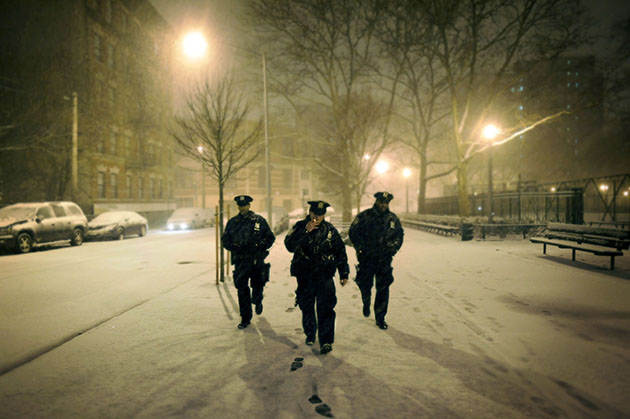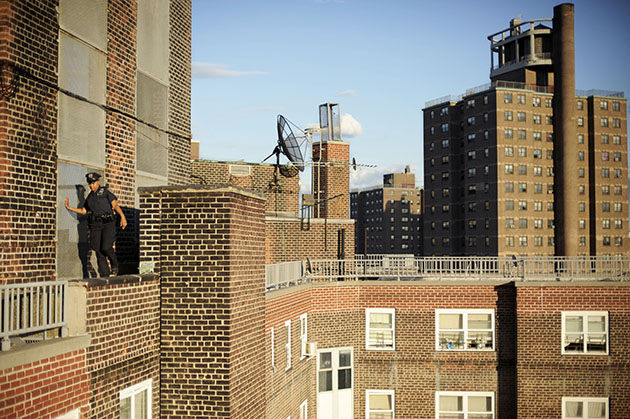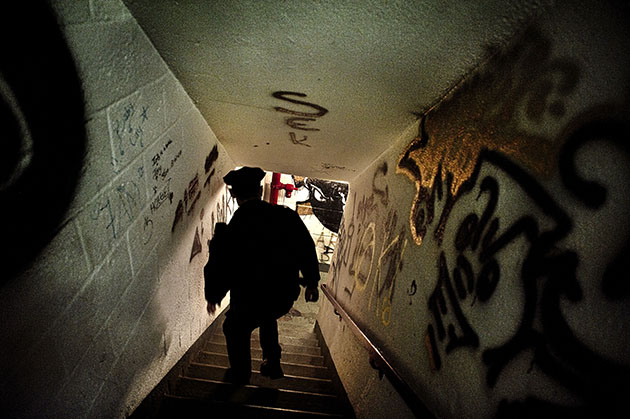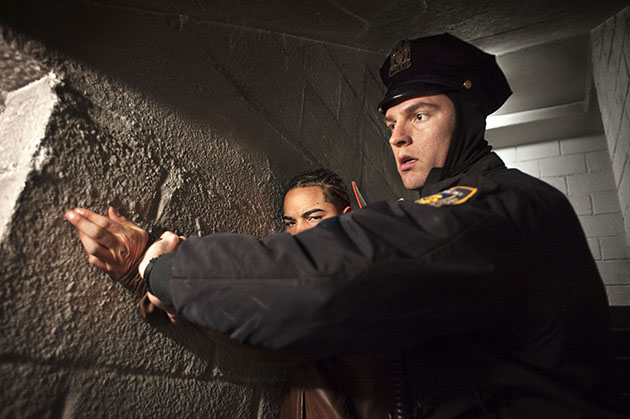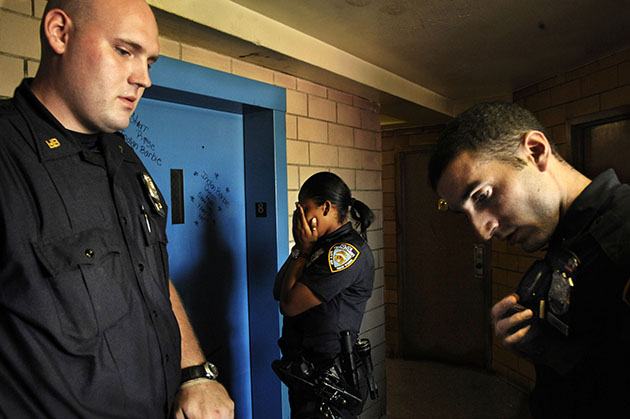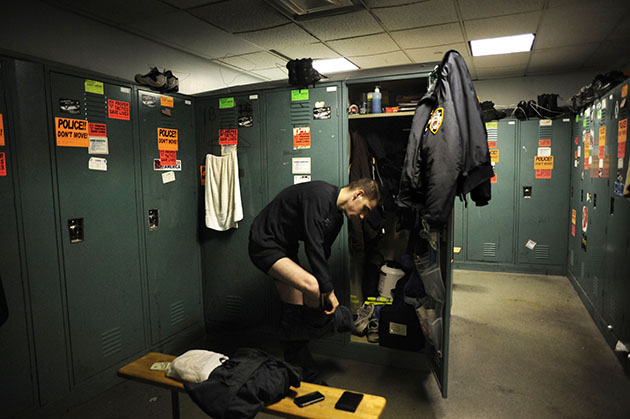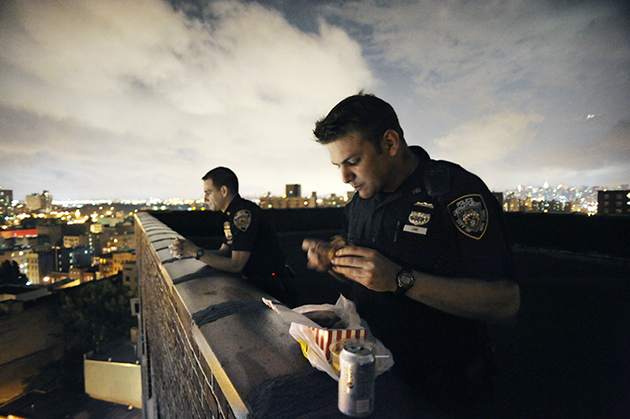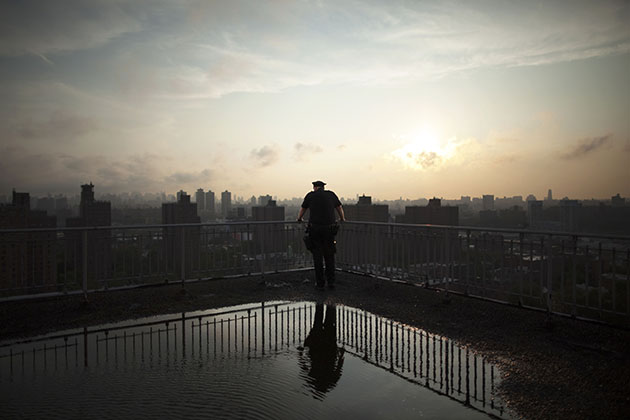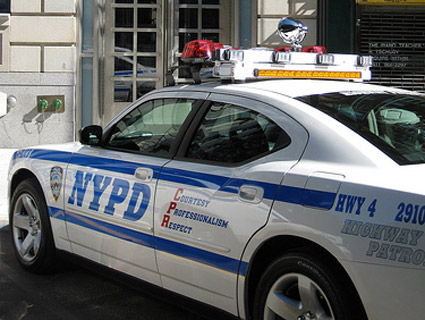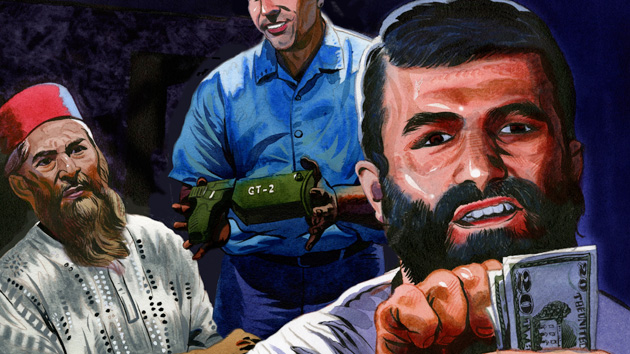Update: In January, 2014, Police Commissioner William J. Bratton said that he plans to no longer send rookie officers immediately into impact zones. “I think they would benefit from it, working with officers in traditional precinct assignments,” he said.
For more than seven years, the first assignment for nearly all rookie New York City police officers has been to patrol “impact zones” with the highest crime rates, often on foot and without backup. The program is credited with decreasing crime but has also been blamed for officer burnout and overly aggressive tactics. Photographer Antonio Bolfo followed a unit of new officers as they learned the ropes in high-rise public housing in the South Bronx. Bolfo, 30, says his project provided some much-needed closure: He’s a former NYPD cop who’d walked the same beat a year earlier.
